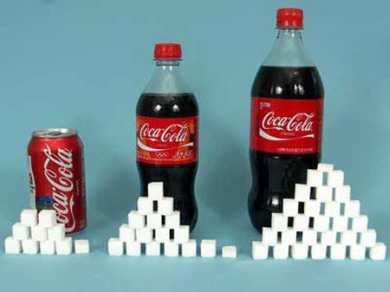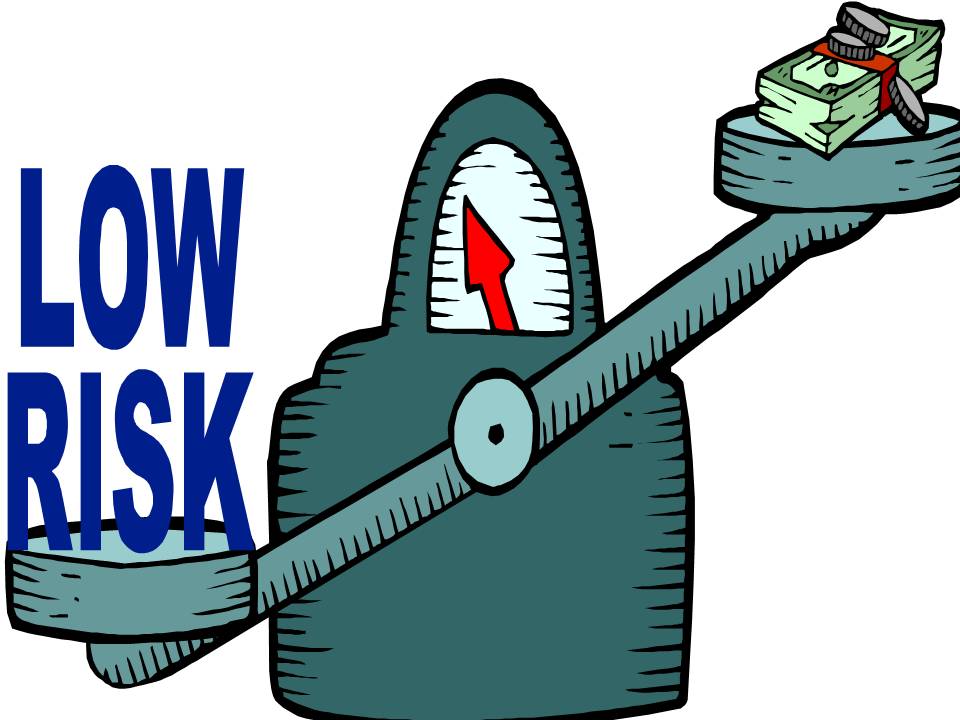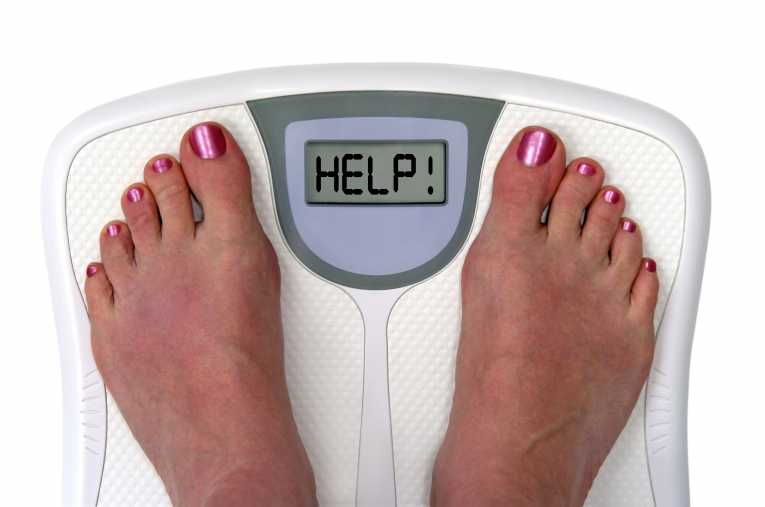 Chronic obstructive pulmonary disease COPD refers to a group of lung diseases that block airflow as you exhale and make it increasingly difficult for you to breathe. Emphysema and chronic asthmatic bronchitis are the two main conditions that make up COPD. In all cases, damage to your airways eventually interferes with the exchange of oxygen and carbon dioxide in your lungs. COPD is a leading cause of death and illness worldwide. Most COPD is caused by long-term smoking and can be prevented by not smoking or quitting soon after you start. This damage to your lungs can’t be reversed, so treatment focuses on controlling symptoms and minimizing further damage.
Chronic obstructive pulmonary disease COPD refers to a group of lung diseases that block airflow as you exhale and make it increasingly difficult for you to breathe. Emphysema and chronic asthmatic bronchitis are the two main conditions that make up COPD. In all cases, damage to your airways eventually interferes with the exchange of oxygen and carbon dioxide in your lungs. COPD is a leading cause of death and illness worldwide. Most COPD is caused by long-term smoking and can be prevented by not smoking or quitting soon after you start. This damage to your lungs can’t be reversed, so treatment focuses on controlling symptoms and minimizing further damage.
Category: Wellness
Lightning Can be Deadly
 Summer is the peak season for one of the nations deadliest weather phenomena— lightning. But don’t be fooled, lightning strikes year round. In the United States, an average of 54 people are reported killed each year by lightning. To date, there have been 16 deaths in 2012. Hundreds of people are permanently injured each year. People struck by lightning suffer from a variety of long-term, debilitating symptoms, including memory loss, attention deficits, sleep disorders, chronic pain, numbness, dizziness, stiffness in joints, irritability, fatigue, weakness, muscle spasms, depression, and more. Lightning is a serious danger.
Summer is the peak season for one of the nations deadliest weather phenomena— lightning. But don’t be fooled, lightning strikes year round. In the United States, an average of 54 people are reported killed each year by lightning. To date, there have been 16 deaths in 2012. Hundreds of people are permanently injured each year. People struck by lightning suffer from a variety of long-term, debilitating symptoms, including memory loss, attention deficits, sleep disorders, chronic pain, numbness, dizziness, stiffness in joints, irritability, fatigue, weakness, muscle spasms, depression, and more. Lightning is a serious danger.
via NWS Lightning Safety.
Liquid Candy: How Sugary Drinks Are Harming America’s Health
 More than two-thirds of Americans are overweight or obese and the increased consumption of sugary drinks is a big part of why this is happening.
More than two-thirds of Americans are overweight or obese and the increased consumption of sugary drinks is a big part of why this is happening.
Americans consume gargantuan quantities of carbonated soft drinks and suffer untoward health consequences. Companies annually produce enough soda pop to provide 557 12-ounce cans—52.4 gallons—to every man, woman, and child.
Carbonated soft drinks are the single biggest source of calories in the American diet, providing about 7 percent of calories; adding in noncarbonated drinks brings the figure to 9 percent. Teenagers get 13 percent of their calories from carbonated and noncarbonated soft drinks.
Soft drinks provide large amounts of sugars (mostly high-fructose corn syrup) to many individuals’ diets. Soda pop provides the average 12 to 19-year-old boy with about 15 teaspoons of refined sugars a day and the average girl with about 10 teaspoons a day. Those amounts roughly equal the government’s recommended limits for teens’ sugar consumption from all foods.
Soft drinks are a problem not only for what they contain, but for what they push out of the diet. In 1977–78, boys consumed more than twice as much milk as soft drinks, and girls consumed 50 percent more milk than soft drinks. By 1994–96, both boys and girls consumed twice as much soda pop as milk. Heavy soft drink consumption is associated with lower intake of numerous vitamins, minerals, and dietary fiber.
The empty calories of soft drinks are likely contributing to health problems, particularly overweight and obesity. Those conditions have become far more prevalent during the period in which soft drink consumption has soared. Several scientific studies have provided experimental evidence that soft drinks are directly related to weight gain. That weight gain, in turn, is a prime risk factor for type 2 diabetes, which, for the first time, is becoming a problem for teens as well as adults. As people get older, excess weight also contributes to heart attacks, strokes, and cancer.
via Liquid Candy: How Sugary Drinks Are Harming America’s Health ~ CSPI.
What Are The Risks? – Rethinking Drinking
 What are the risks of drinking?
What are the risks of drinking?
You may have heard that regular light to moderate drinking can be good for the heart. With heavy or at-risk drinking, however, any potential benefits are outweighed by greater risks, including
- Injuries. Drinking too much increases your chances of being injured or even killed. Alcohol is a factor, for example, in about 60% of fatal burn injuries, drownings, and homicides; 50% of severe trauma injuries and sexual assaults; and 40% of fatal motor vehicle crashes, suicides, and fatal falls.
- Health problems. Heavy drinkers have a greater risk of liver disease, heart disease, sleep disorders, depression, stroke, bleeding from the stomach, sexually transmitted infections from unsafe sex, and several types of cancer. They may have problems managing diabetes, high blood pressure, and other conditions.
- Birth defects. Drinking during pregnancy can cause brain damage and other serious problems in the baby. Because it is not yet known whether any amount of alcohol is safe for a developing baby, women who are pregnant or may become pregnant should not drink.
- Alcohol use disorders. Generally known as alcoholism and alcohol abuse, alcohol use disorders are medical conditions that doctors can diagnose when a patient’s drinking causes distress or harm. In the United States, about 18 million people have an alcohol use disorder.
Beyond these physical and mental health risks, frequent heavy drinking also is linked with personal problems, including losing a driver’s license and having relationship troubles.
The Five Steps of Risk Management Leads To Lower Cost
 There are five steps to risk management:
There are five steps to risk management:
- Identify
- Analyze
- Control
- Finance
- Measure
The most important step is “Identify” because you can’t Analyze, Control, Finance or Measure what you don’t know. Insurance is “NOT” risk management. Insurance is “FINANCING” risk. Managing risk 365 days a year vs. buying insurance 1 day a year is the key to lowering the total cost of risk (TCOR) for business.
Older Workers To Outnumber Younger Employees For The First Time
 Whether out of economic need or simply a desire to continue working, many baby boomers aren’t leaving their jobs anytime soon.
Whether out of economic need or simply a desire to continue working, many baby boomers aren’t leaving their jobs anytime soon.
In fact, many workers 55 and older are staying in the workforce. By year’s end their numbers will surpass those who are aged 25 to 34. And the trend is expected to continue for the foreseeable future — until 2020.
via Older Workers To Outnumber Younger Employees For The First Time.
Healthy Aging Over 50
 Healthy aging is a hot topic for baby boomers everywhere. Whether you’re concerned about weight gain, sex drive or chronic diseases, the key to healthy aging is a healthy lifestyle. Eating a variety of healthy foods, practicing portion control and including physical activity in your daily routine can go a long way toward promoting healthy aging. Better yet, its never too late to make healthier lifestyle choices.
Healthy aging is a hot topic for baby boomers everywhere. Whether you’re concerned about weight gain, sex drive or chronic diseases, the key to healthy aging is a healthy lifestyle. Eating a variety of healthy foods, practicing portion control and including physical activity in your daily routine can go a long way toward promoting healthy aging. Better yet, its never too late to make healthier lifestyle choices.
Stop the Strain at Work
 Overexertion has long been among the leading causes of nonfatal workplace injuries, and attempts to combat it continue to be a burden on employers and their pocketbooks. An estimated 3.5 million overexertion injuries occur every year, most of which are from excessive lifting, lowering, pushing, pulling or carrying. Back injuries are the most common form of overexertion in the workplace and can result in huge costs. According to a 2010 report from the Boston-based Liberty Mutual Research Institute for Safety, in 2008, overexertion cost businesses $13.4 billion in direct workers’ compensation costs – accounting for more than 25 percent of the overall $53.4 billion national burden.
Overexertion has long been among the leading causes of nonfatal workplace injuries, and attempts to combat it continue to be a burden on employers and their pocketbooks. An estimated 3.5 million overexertion injuries occur every year, most of which are from excessive lifting, lowering, pushing, pulling or carrying. Back injuries are the most common form of overexertion in the workplace and can result in huge costs. According to a 2010 report from the Boston-based Liberty Mutual Research Institute for Safety, in 2008, overexertion cost businesses $13.4 billion in direct workers’ compensation costs – accounting for more than 25 percent of the overall $53.4 billion national burden.
via 6 11 Stop the Strain.
How can you lose weight and keep it off for good?
 How can you lose weight and keep it off for good? Successful dieters in the National Weight Control Registry, a group of 10,000 people who have lost 30 pounds or more and maintained that loss for a year or more, have developed many weight-control strategies. For instance, they:
How can you lose weight and keep it off for good? Successful dieters in the National Weight Control Registry, a group of 10,000 people who have lost 30 pounds or more and maintained that loss for a year or more, have developed many weight-control strategies. For instance, they:
- Follow a low-calorie, low-fat diet of about 1,800 calories a day.
- Keep track of food intake.
- Count calories, carbs or fat grams or use a commercial weight-loss program to track food intake.
- Walk about an hour a day or burn the same calories doing other physical activities.
- Eat breakfast regularly, often including whole grains and low-fat dairy products.
- Limit dining out to an average of three times a week, and fast food to less than once a week.
- Eat similar foods often and dont splurge much.
- Watch fewer than 10 hours of TV a week.
- Weigh themselves at least once a week.
via Obesity could affect 42% of Americans by 2030 – USATODAY.com.
Heat Stress – What Employers Can Do
 Employers should take the following steps to protect workers from heat stress:
Employers should take the following steps to protect workers from heat stress:
- Schedule maintenance and repair jobs in hot areas for cooler months.Schedule hot jobs for the cooler part of the day.
- Acclimatize workers by exposing them for progressively longer periods to hot work environments.
- Reduce the physical demands of workers.
- Use relief workers or assign extra workers for physically demanding jobs.
- Provide cool water or liquids to workers.
- Avoid alcohol, and drinks with large amounts of caffeine or sugar.
- Provide rest periods with water breaks.
- Provide cool areas for use during break periods.Monitor workers who are at risk of heat stress.
- Provide heat stress training that includes information about: Worker Risk Prevention Symptoms, the importance of monitoring yourself and coworkers for symptoms, treatment and personal protective equipment.
via CDC – Heat Stress – NIOSH Workplace Safety and Health Topic.
